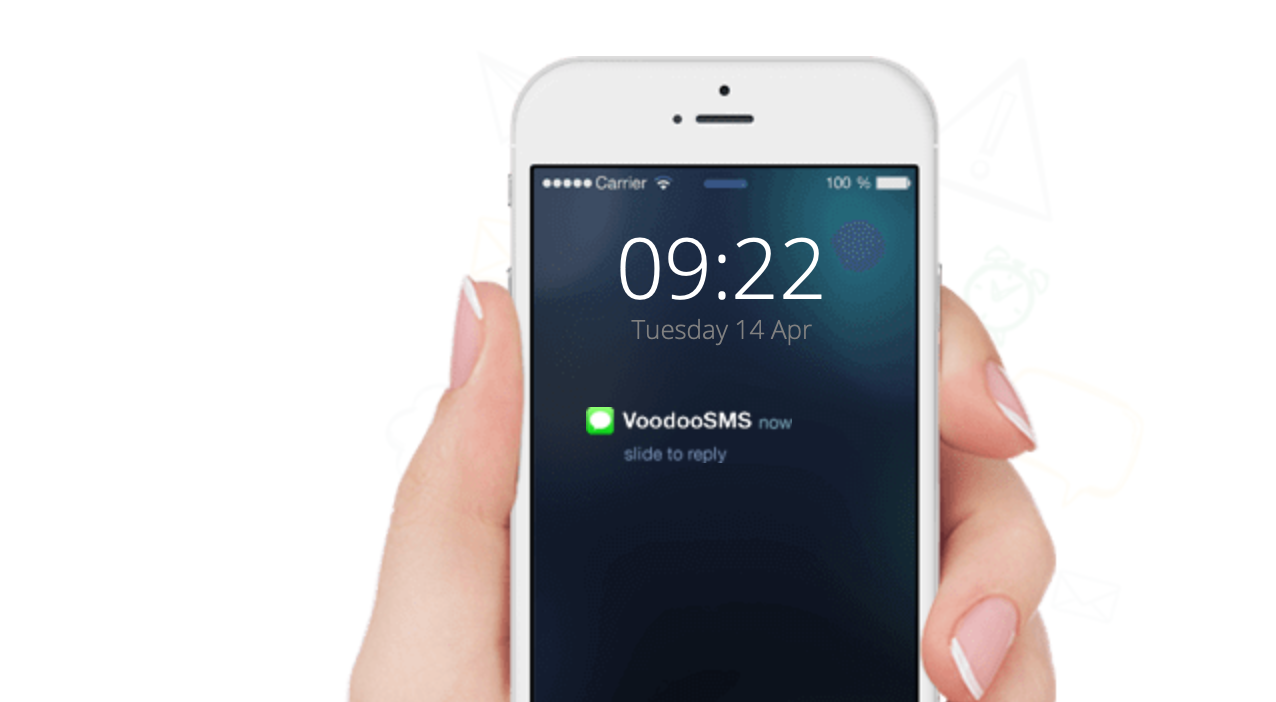New capabilities are bringing ‘power to the people’ but the ecosystem needs to catch up quick on threat intelligence.Stuart McBride, Director, Product Management at Enea explains
Although the first SMS was sent in 1992 – a simple ‘Merry Christmas’ from one engineer to another – it wasn’t until near the turn of the millennium in 1999 when cross-network compatibility was introduced, propelling text messaging into the spotlight. By the year 2000, Americans were averaging around 35 texts a month; this would quickly spiral, and the rest is history.
But much has changed since then. The rise of the smartphone gave way to whole new interfaces that did away with the miniature screens, fiddly number-pad keyboards, and character-limited ‘txt spk’ of that time. Now, smartphone manufacturers want their users to have a smartphone experience – one that’s more digital, like email and instant messaging – yet many in the telco ecosystem, from marketers to vendors to networks, have not yet caught up to this new reality. A commonly cited statistic is a 98% open rate for all SMS messages. But this fails to take into account that, as well as aggregators, CPaaS providers and MNOs, recipients today can categorise, prioritise and filter their messages too.
And while text messages may have once been relatively harmless, there has been a significant boost in security issues over the years – with recent reports of fraudulent SMS messages draining thousands of dollars from their victims’ bank accounts in minutes. No wonder carriers, operating system developers, manufacturers, and now recipients themselves have become more wary of the medium.
Years ago with iOS 11, Apple offered the ability to filter unknown senders into their own folder – that’s any contact that’s not in your address book. Later, in iOS 14, Apple added the ability for users to install a 3rd party app that would allow them to include promotions and notifications folders, and more recently in iOS 16, further subcategories were added to both promotions and notifications to make this capability more granular, and a lot more like email. They also introduced an ability to report spam messages to your carrier. And Apple has long had the functionality that allows a 3rd party app to defer message requests to an external service via filtering applications.
Google, which accounts for the vast majority of devices worldwide with its Android operating system, is far less tightly controlled than Apple, often leaving device policies and update schedules down to the manufacturer and with a more free-wheeling application store. But it also has auto-categorisation, managed entirely by Google, and has long enjoyed spam-reporting shortcuts – where users can forward messages to 7726. The latest Google Messages app will report spam both to Google and your carrier.
In short, your average subscriber now has that tools to decide what, and how, they receive communication by text. That’s surely a good thing.
But why does any of this matter? While more stringent controls on SMS spam are clearly necessary from a security standpoint given the cost to victims, they can cast a broad net, and have a negative influence on SMS communications full-stop.
These tightened, automatic spam controls could reduce the likelihood that your message will be read at all. Additionally, it’s safe to assume that if the message is being sorted into a different folder automatically, this probably does reduce the likelihood it’ll reach the subscriber. The trustworthiness of SMS communications are also likely to be impacted, especially if one organisation’s text messages are categorised as spam or sorted into the wrong folder, while others aren’t.
And because interface often controls or at least influences behaviour, when it becomes very easy to report a message as spam – combined with the fact that everyone has their own definition of what constitutes ‘spam’ – it’s more likely that your message will be unfairly reported.
The result is that the ecosystem needs more clarity about where legitimate messages are going to end up: will they find their way to users, or will they automatically be sorted into junk folders?
At the same time, networks will be receiving a deluge of spam reports, and because operators need to allow clean traffic through but protect their users against bad traffic, will require trusted intelligence in order to filter out what really is spam and what isn’t – a fine balancing act. Meanwhile, any external messaging filtering applications will need the same kind of intelligence in order to make the right decisions on messages.
‘Power to the people’ around unwanted communication is a good thing indeed – but as this wariness around text increases among subscribers, carriers will need to catch up, and marketers, perhaps, to readjust their tactics.
Author
Stuart McBride, is Director, Product Management at Enea
TELEMEDIA INDUSTRY
[ tel-ee-mee-dee-uh in-duh-stree ]
Definition:
The TELEMEDIA INDUSTRY represents a commercial value chain of suppliers that develop technical, network or payment services in order to enable premium content, service and applications / apps that drive billable network traffic, minutes and messages e.g. premium SMS PSMS and even some instant messaging (IM) applications.![]()
Why recipients filtering SMS messages means networks need to get … – Telemedia Online

